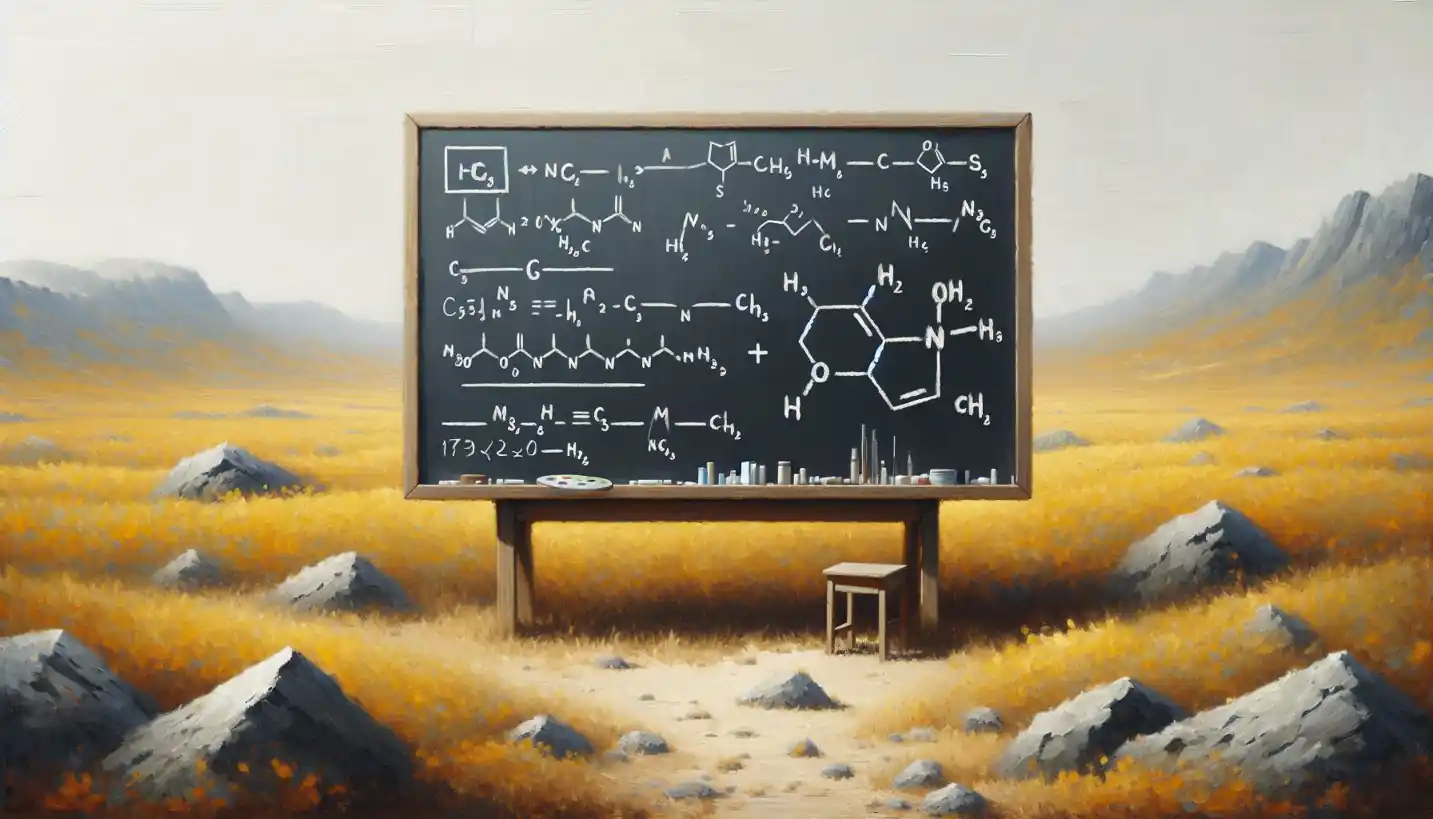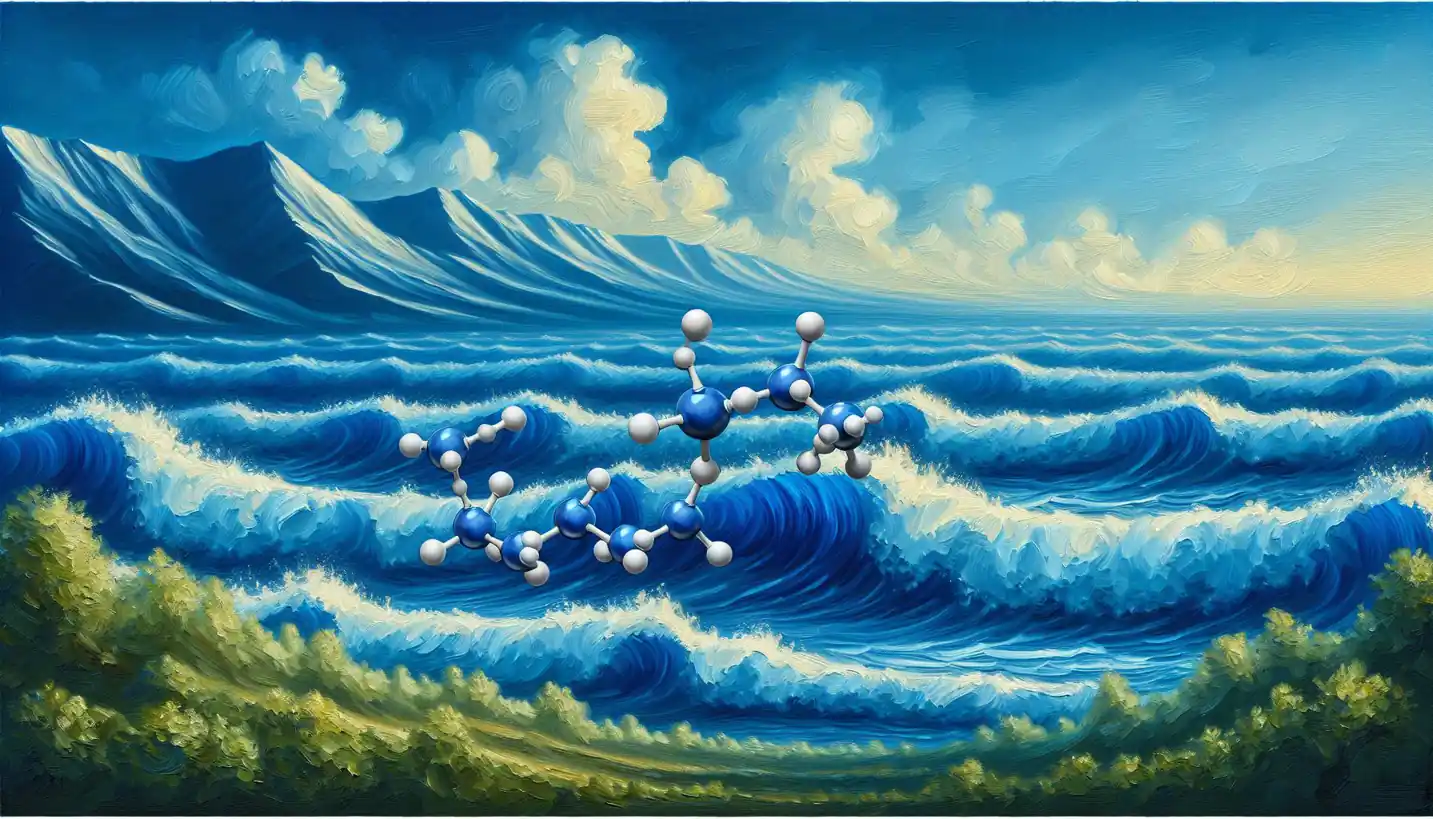· Chemistry · 5 min read
Hartree-Fock Method: A Deep Dive into Computational Chemistry
The Hartree-Fock Method is pivotal for quantum chemical calculations. Explore its role in providing accurate descriptions of molecular systems.

So, let’s dive into the world of molecules and the mysterious ways scientists try to understand them. Imagine you’re playing a complex game of chess. Now, replace the chess pieces with atoms and molecules, and the chessboard becomes an enormous quantum field. This is where the Hartree-Fock Method comes into play, acting like a strategic guide to predict how atoms behave and interact.
Understanding the Basics
At its heart, the Hartree-Fock Method is like a clever mathematical shortcut used in computational chemistry. It’s a way to approximate the behavior of electrons in an atom or molecule. You see, electrons are tricky little things. They don’t just sit still; they buzz around in a cloud, making it tough to predict exactly where they’ll be at any given time. This is where quantum mechanics comes in to help make sense of this electron dance.
The Hartree-Fock Method simplifies the problem by treating each electron as if it’s moving in an average field created by all the other electrons. Imagine you’re playing in a crowded pool, but instead of tracking everyone one by one, you think of the water’s flow around you. It helps simplify the game and gives you a good idea of what’s happening.
The Birth of a Theory
The method gets its name from two brilliant scientists, Douglas Hartree and Vladimir Fock, who in the 20th century, figured out a way to use math to better understand electronic structure. Before their breakthrough, imagining how a lot of electrons might swirl around within an atom was challenging.
Historically, their method revolutionized the field by offering a practical approach to solve the Schrödinger equation for multi-electron systems. This equation, in the world of quantum chemistry, is like the ultimate puzzle piece—a way to describe how particles move. By using the Hartree-Fock Method, scientists could solve it approximately for more complex systems beyond the hydrogen atom.
The Math Behind It
Don’t worry, I won’t drag you into complicated calculus territory, but here’s a peek: the method uses a set of equations known as the Hartree-Fock equations. These equations are all about finding the best “wave function” for a system. A wave function is a fancy term for a mathematical description of the quantum state of a system.
By working through these equations, you can estimate the energy and electron density of an atom or molecule. Think of it like finding the best snapshot of how electrons are distributed around a nucleus. This helps chemists visualize molecular interactions, bonding, and reactivity.
Limitations and Approximations
The Hartree-Fock Method makes a big assumption—it neglects electron correlation. Electron correlation is essentially how the presence of one electron affects another, beyond just average interaction. It’s like ignoring the whispers and side glances in a crowded room. Because of this, the method tends to oversimplify reality.
Despite this, the Hartree-Fock method lays down a solid foundation, and countless modifications and more advanced methods have built upon it. People, quite literally, stand on the shoulders of giants as they work to refine these ideas.
Why It Matters
But why should this method matter to someone not knee-deep in chemistry labs every day? Well, understanding the structure and behavior of molecules is not just academic; it has real-world impacts. From designing new drugs to developing materials that power our technology, the Hartree-Fock Method plays a role in bringing these innovations to life.
Imagine you’re a scientist working on a new solar cell material. Using this method, you can model different molecular combinations and predict their efficiency without synthesizing each one physically. It saves time, resources, and helps direct experimental efforts more effectively.
Beyond Hartree-Fock
Once scientists realized the limitations of the Hartree-Fock method, they started creating even more sophisticated approaches to address electron correlation. Methods like Density Functional Theory (DFT) and post-Hartree-Fock techniques bring in extra layers of detail.
Where the Hartree-Fock gives you a sketch, these advanced methods provide a full-colored portrait. They take into account all those interactions and correlations Hartree-Fock misses, helping chemists gain a deeper understanding.
The Future of Computational Chemistry
As technology advances, so do our methods for studying chemistry. With powerful computers and sophisticated algorithms, techniques like the Hartree-Fock method continue to evolve. Researchers are continuously working on ways to make these computations faster and more accurate, enabling them to tackle even larger and more complex systems.
The future of computational chemistry looks promising, with the potential for revolutionary discoveries in fields ranging from materials science to medicine.
Embarking on the Journey
So next time you think about a medicine that saves lives or a smartphone that powers your day, remember a lot of that might have some roots back in a humble but powerful approximation like the Hartree-Fock Method. It’s one of those quiet heroes, working behind the scenes, helping scientists explore the molecular dance of life and beyond.
Curious minds are always welcome to dig deeper, ask questions, and perhaps one day contribute to the next breakthrough in understanding our universe. Who knows? You might just be the one to dream up the next big leap in computational chemistry.



